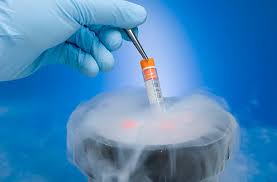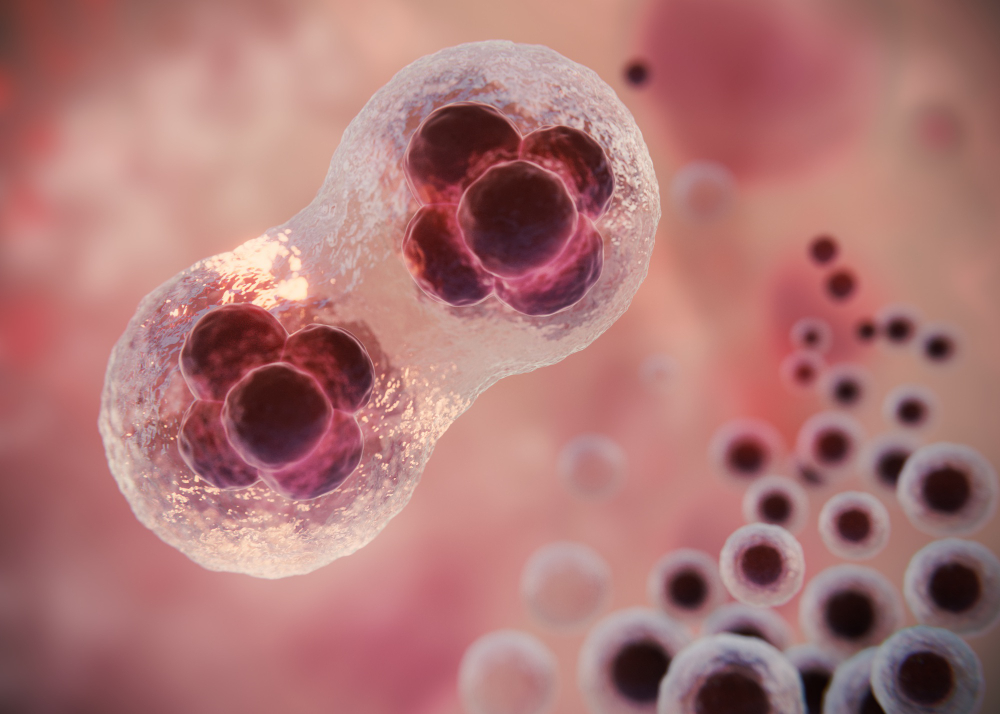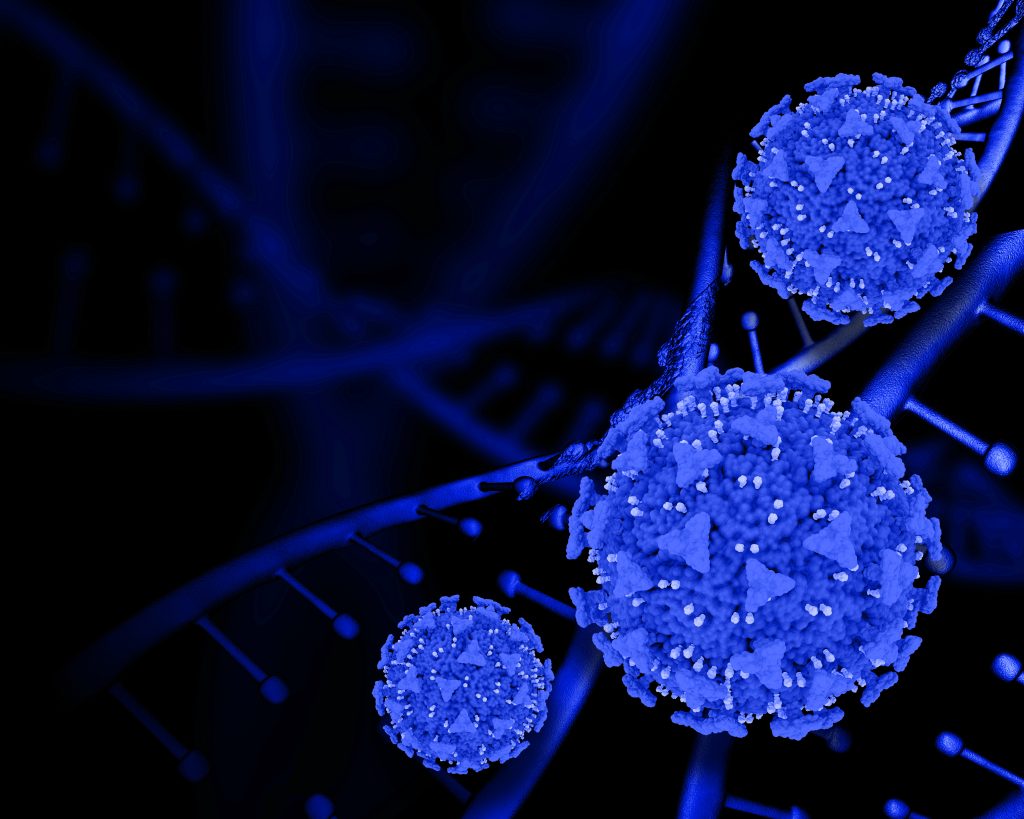In the rapidly evolving world of regenerative medicine, few innovations hold as much promise as stem cell cryopreservation. For TransCell — a forward-thinking biotech and biobanking enterprise — offering reliable, high-integrity cryostorage of stem cells is not just a service; it’s a mission to preserve tomorrow’s medical possibilities today.
Why Cryopreservation Matters
Cryopreservation refers to the process of cooling biological materials—cells, tissues, or even organs—to extremely low temperatures (typically in the realm of liquid nitrogen, –150 °C or below) to halt metabolic activity and preserve structure and viability for long periods. For stem cells, which have immense therapeutic potential, these stored reserves become living “time capsules” that can be revived with function intact when needed.
In medicine, stem cell cryobanks form the backbone of future therapies, from treating hematological disorders to regenerative care for chronic diseases. Without cryopreservation, stem cell therapies would face a severe limitation: lack of reliable supply, logistical constraints, and loss of cell efficacy over time.
TransCell’s Unique Position in Cryopreservation
TransCell has carved a niche in India’s biotech space by combining advanced stem cell retrieval, processing, and cryostorage under one umbrella. Their ScellCare platform encapsulates this end-to-end approach: collecting umbilical cord biosamples noninvasively, isolating enriched stem cell components (such as hematopoietic and mesenchymal stem cells), analyzing predictive genomic health signatures, and finally cryopreserving the samples for future use.
This holistic model is powerful because it doesn’t just freeze cells — it adds scientific layers (genomics, quality assurance, disease-targeted profiling) that make the stored stem cells more valuable and trusted for downstream applications.
Moreover, TransCell holds patented rights to retrieve stem cells from cord blood, which underscores its innovation in the field and gives families confidence in their processes and protocols. Their presence as a biobanking leader is also affirmed by their evolution into TransCell Biosciences, which emphasizes affordable and accessible medical treatments through cell banking, thereby bridging the gap between research innovations and clinical ease of access.
The Science of Cryopreservation: Challenges & Best Practices
Cryopreserving stem cells is far from trivial. Cells face threats from ice crystal formation, osmotic stress, membrane damage, and shifts in gene expression. To mitigate these, TransCell and all leading cryobanks adhere to rigorous protocols using cryoprotective agents (CPAs) like DMSO (dimethyl sulfoxide), glycerol, or extracellular additives (e.g. sugars or polymers) that reduce ice nucleation and protect cellular structure.
Best practices include:
Controlled cooling rates (often ~1 °C per minute) to reduce intracellular ice formation.
Optimized cell density and medium composition, balancing too few vs. overcrowded cell populations.
Sterility and contamination control, ensuring cells are pathogen-free before freezing.
Rigorous validation and post-thaw viability testing to confirm that recovered cells retain their functionality.
Recent scientific work also flags potential risks: prolonged exposure to DMSO or incomplete control of freezing protocols may induce chromosomal anomalies or epigenetic changes in stem cells. Therefore, a responsible cryobank must continuously monitor quality, perform karyotype checks, and validate that the thawed cells remain safe and functional.
TransCell’s Value Add and Assurance
What sets TransCell’s cryostorage apart is not just freezing capacity, but the scientific rigor around quality, traceability, and utility:
Proprietary retrieval technologies ensure maximal yield and purity from cord blood collections.
Predictive health signatures and genomics layers attached to each stored sample enhance the information value of the stem cell unit.
A biobanking architecture designed to support over 40 medical conditions across more than 70 disease targets, making the storage future-proof.
Flexibility for retrieval and use in clinical trials or approved medical interventions, aligning with TransCell’s broader venture into regenerative medicine and drug discovery.
By integrating acquisition, processing, banking, and translational research pipelines, TransCell offers clients more than “just storage”—they promise a living resource for health innovation.
The Horizon Ahead
As cell and gene therapies scale globally, cryopreservation will only grow in importance. Emerging trends include:
Novel cryoprotectants and low-DMSO formulations to reduce toxicity.
AI and machine learning optimization of freezing/thawing protocols to maximize viability.
Cryo-logistics and smart tracking systems to ensure integrity across transport and global networks.
Advanced biobanking models, where stored stem cells actively contribute to precision medicine, personalized therapies, or even predictive health modeling.
For families and healthcare providers, TransCell’s cryopreservation service offers a tangible insurance mechanism—not just preserving cells, but preserving possibilities. In a future where regenerative medicine becomes standard, those frozen vials may one day deliver cures, replace damaged tissue, or unlock new therapeutic frontiers.





